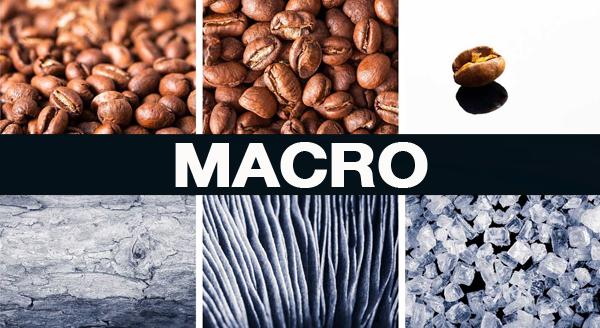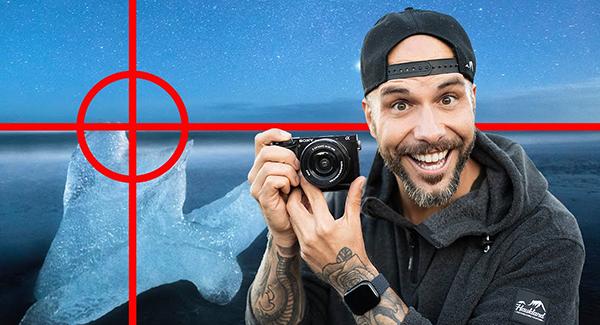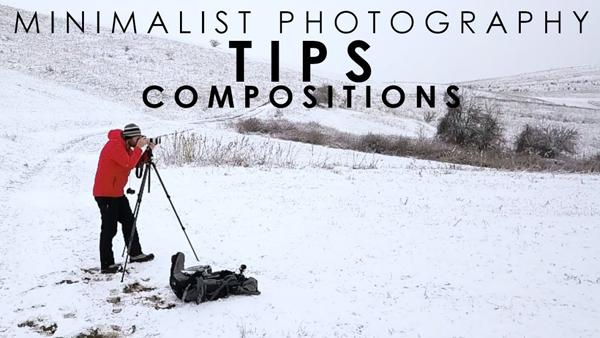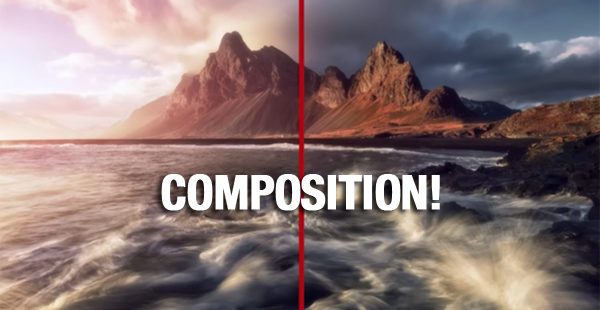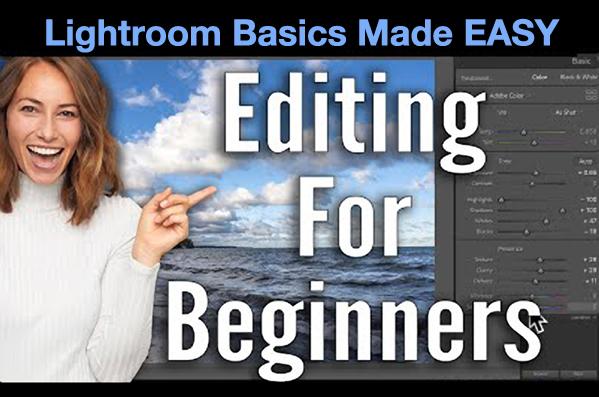Photo How To
Sort By: Post DateTitle Publish Date
|
Aug 06, 2021
|
Jun 04, 2024
|
Nov 13, 2020
|
May 27, 2025
|
Feb 16, 2018
|
Mar 02, 2018
|
Jan 04, 2023
|
Apr 12, 2017
|
Aug 05, 2022
|
Jan 08, 2025
